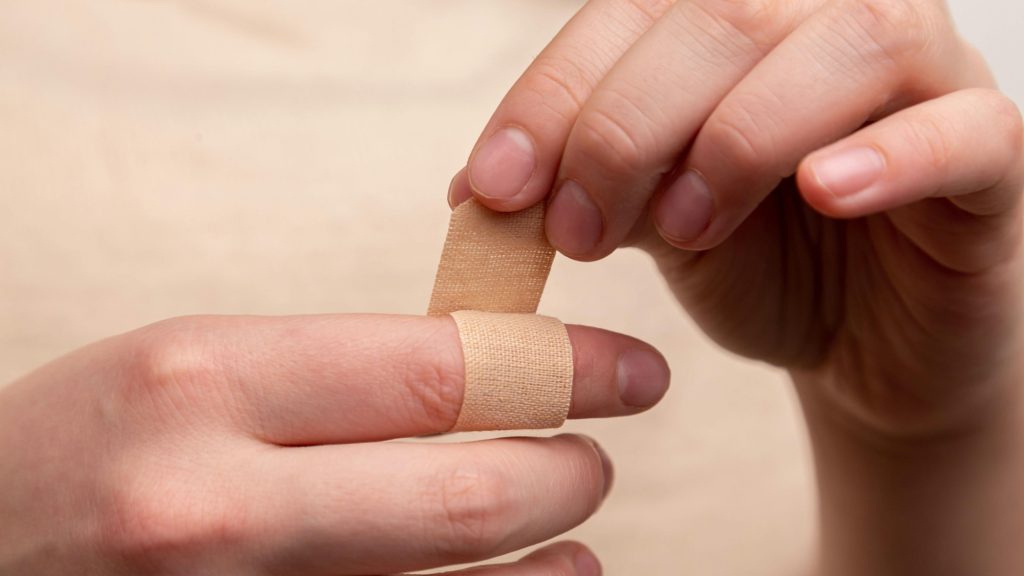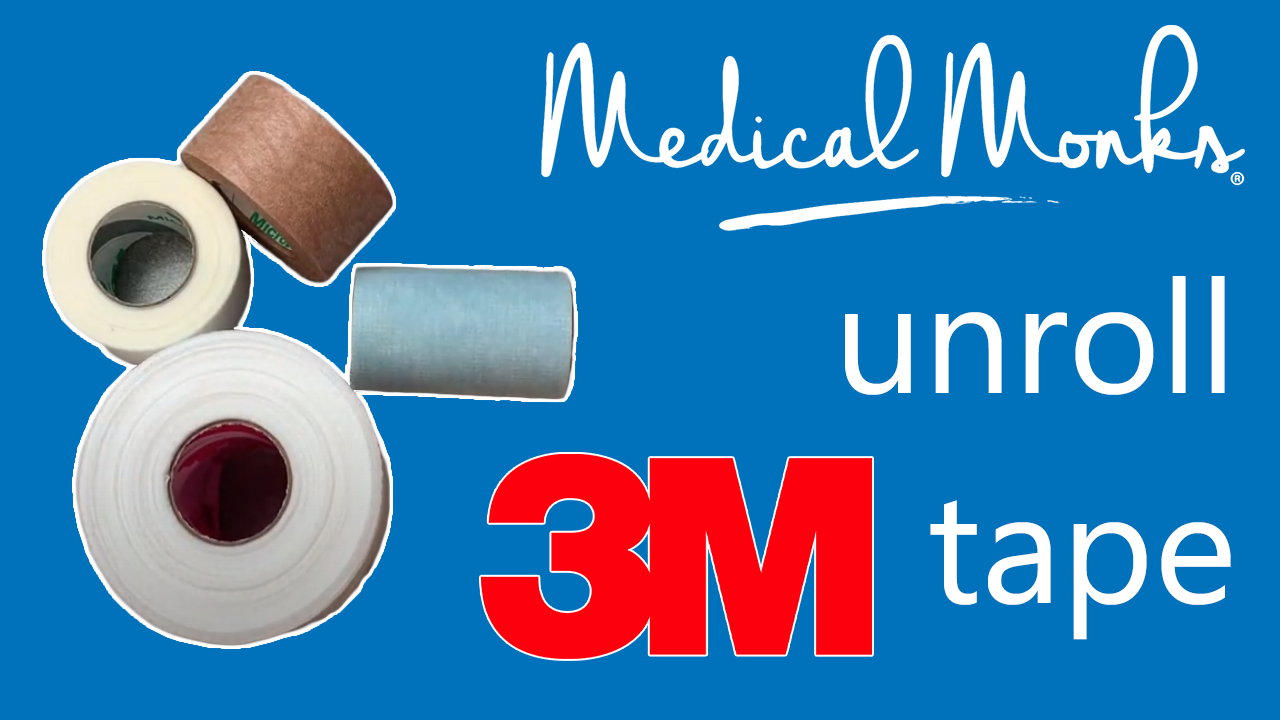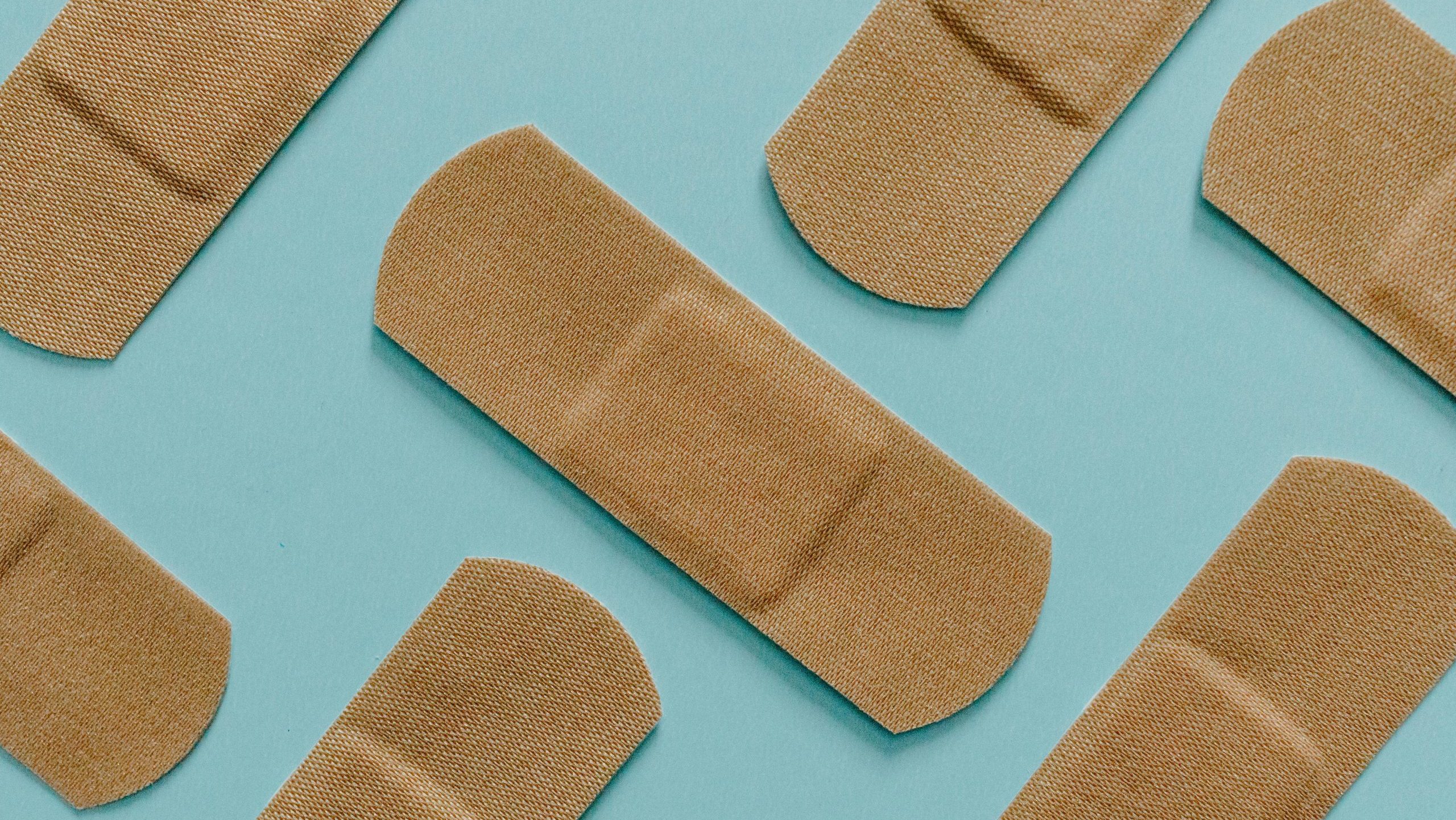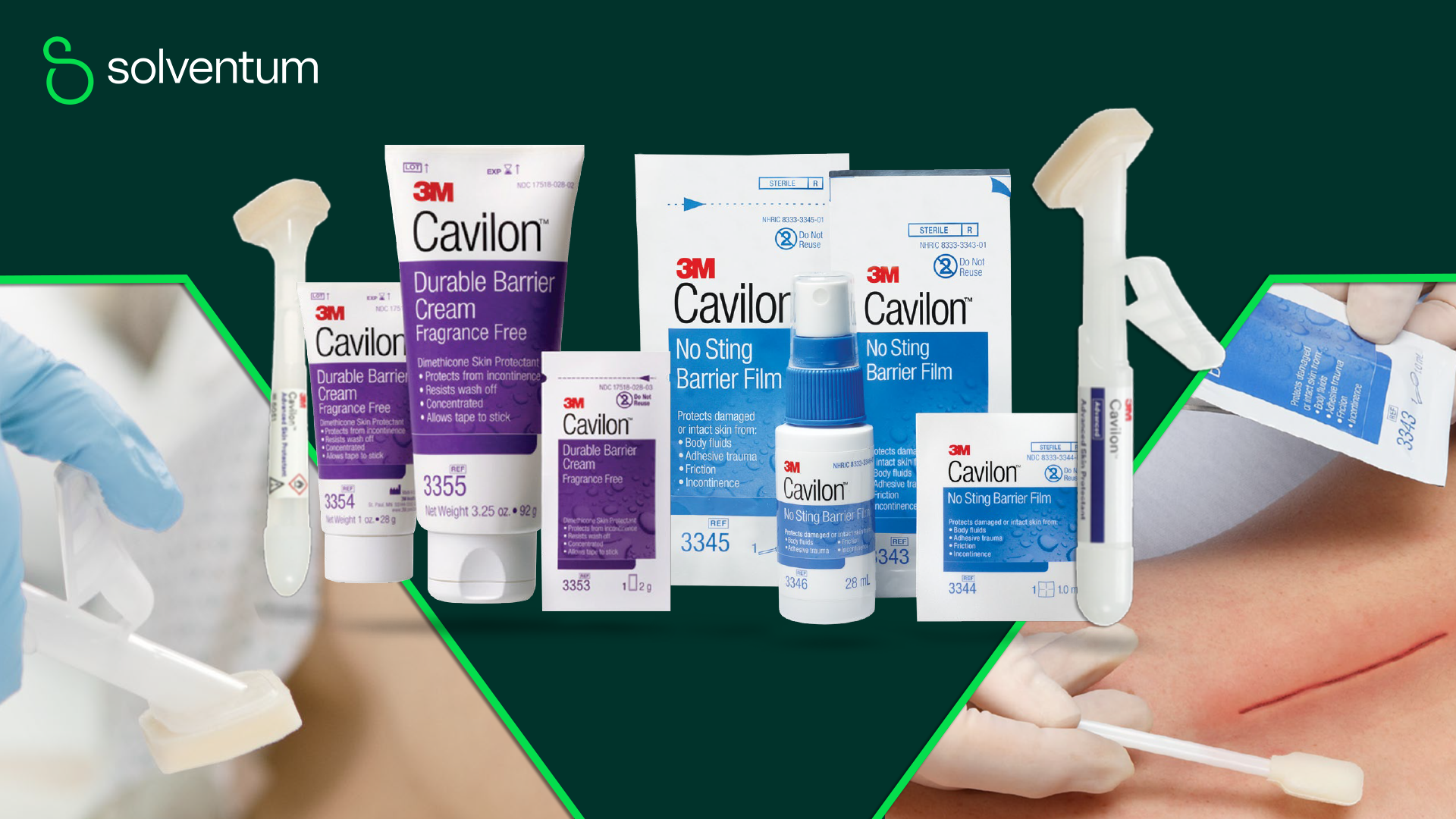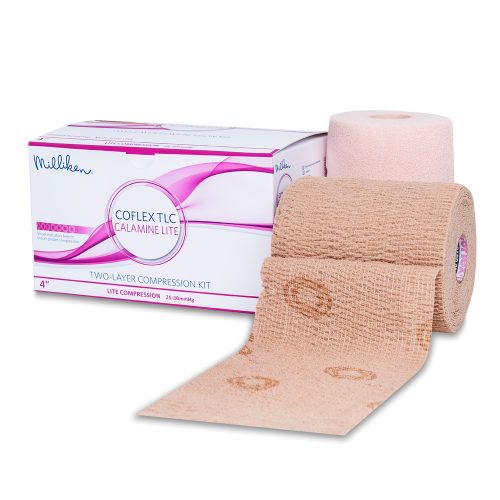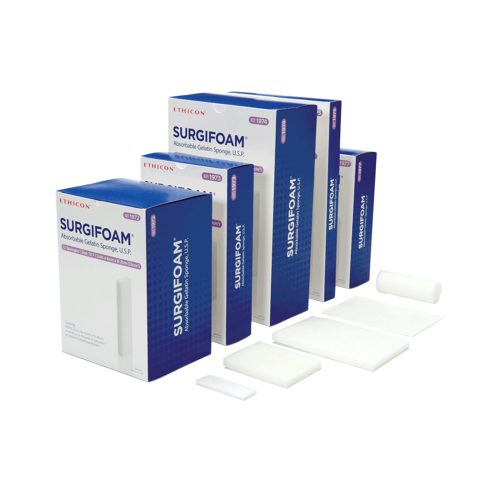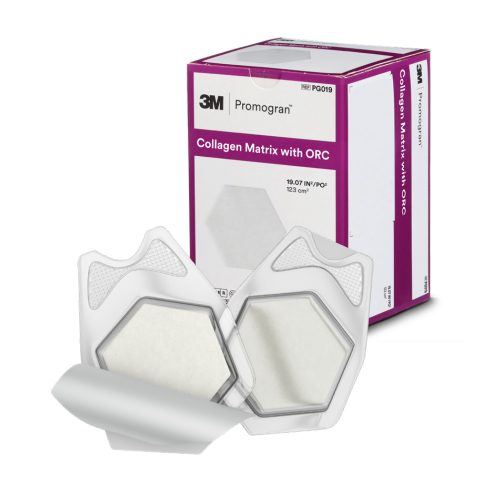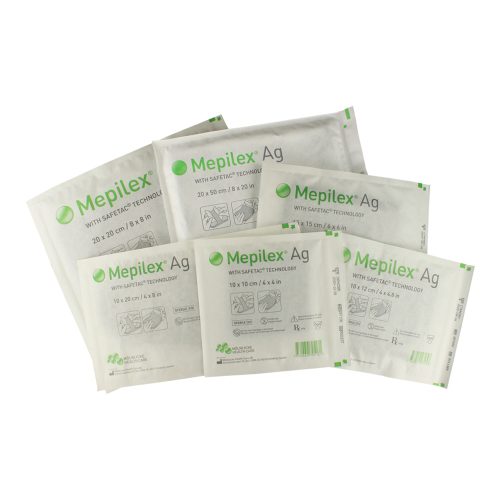Ever faced the daunting task of dressing a wound? It’s not as straightforward as you might think – dressing wounds requires specific care. It’s like picking an outfit for the day; what works for one occasion might be totally wrong for another.
In this journey together, we’ll get to grips with all things related to wound dressings – from understanding your wound type to choosing the perfect ‘outfit’ for it. We’re also going deep into post-dressing care because getting dressed is only half the battle! We want that healing process to be smooth sailing too.
Come along, let’s shed light on these hidden complexities of self-care. After all, isn’t knowledge power?
Understanding Wound Types and Their Needs
The kind of injury you’re managing can have a major influence on the way it should be taken care of. There are many different types of wounds, each with their own needs.
Acute wounds, like cuts or surgical incisions, often heal predictably and quickly. But they still need the right dressing to protect them from infection. Burns, another type of acute wound, may require special dressings that soothe pain while promoting healing.
Chronic wounds, such as ulcers or bedsores, take longer to heal. They usually need more absorbent dressings that keep the area moist but not overly so.
Overview of Wound Dressing Types
The world of wound care offers a variety of dressings, each with its unique properties. Let’s take a look at some of the most common wound dressing types and what they are used for:
Antimicrobial Wound Dressings
Usage: Suitable for difficult, infected, and acute wounds.
Benefits: Contains antimicrobial agents, active for up to seven days, offering extended protection.
Recommended Product: AQUACEL Ag Advantage Antimicrobial Dressings
Foam Wound Dressings
Benefits: Absorbs excess fluid and provides insulation to promote healing.
Functionality: Protects, defends, and nurtures potentially damaged skin.
Recommended Product: AQUACEL Foam Pro Wound Dressing
Hydrocolloid Wound Dressings
Usage: Best for chronic and acute wounds that need moisture retention but aren’t too heavy on exudation.
Benefits: Combines hydrocolloid technology for comfort during movement and Hydrofiber Technology with ionic silver for fluid management.
Recommended Product: AQUACEL Ag Advantage Surgical Dressing
Matching Wound Dressing to Wound Type
Choosing the right wound dressing type is like picking the perfect outfit. It has to fit well and serve its purpose.
Dry wounds: For these, use dressings that give moisture, like hydrogel or film dressings. Think of them as a water bottle for your wound – they keep it hydrated.
Moderately exuding wounds: Foam dressings are your go-to here. They’re like sponges soaking up extra fluid while maintaining a moist environment.
Hugely exuding wounds: Alginate wound dressings are what you need. Imagine them as super-absorbent towels mopping up excess drainage.
Infections can complicate things but don’t worry, we’ve got you covered. Antimicrobial dressings help fight off pesky bacteria so your wound can heal peacefully.
Considerations When Choosing a Wound Dressing
The task of picking the right wound dressing might feel like navigating through a maze. But, don’t fret. Let’s start by examining your wound type.
Chronic wounds such as pressure ulcers or diabetic foot ulcers, need dressings that can manage high exudate levels and help in tissue regeneration. On the other hand, acute wounds from surgery or trauma typically heal faster with moisture-balancing dressings.
Dressing Material Matters
Foam dressings, for example, are highly absorbent and perfect for heavy exuding wounds. Meanwhile, hydrocolloid bandages, create an optimal healing environment for lightly seeping injuries by maintaining moist conditions.
Allergies & Skin Sensitivity
If you have sensitive skin or allergies to certain materials like latex or adhesives, it’s essential to choose hypoallergenic alternatives.
So take these considerations into account when choosing your next wound care product. It’ll make sure you get not just any solution – but the best one for you.
Caring for Your Wound Post-Dressing Application
Once you’ve applied the right wound dressing, taking care of your wound is key. It’s like nurturing a delicate plant to full bloom, only here, it’s about helping your body heal. Here are some key tips to keep in mind.
The first step? Keep it clean. Regularly washing the area around the wound with mild soap and water helps prevent infection. But remember not to get too aggressive – gently clean the area on a consistent basis.
Next up: monitor changes closely. Any significant change in color, size, or smell could be a red flag signaling an infection.
Finally, consider pain levels. Persistent discomfort may mean you need more help managing your wound, and you should consult a medical professional if this is the case.
Pain Management Tips
Pain shouldn’t sideline you from living fully. Try keeping active while ensuring rest periods are respected – think balance rather than extremes.
If over-the-counter medications aren’t cutting it anymore or if there are signs of worsening conditions such as swelling or fever, reach out to healthcare professionals immediately.
Seeking Professional Help for Wound Care
Caring for a wound at home can often do the trick, but there are times when you need to ask professionals. Recognizing these instances is crucial in ensuring optimal healing.
If the wound is serious, very tender, or has signs of infection like inflammation and puffiness, it’s time to get help from an expert. More so if you’re dealing with complex wounds such as pressure ulcers or diabetic foot ulcers that require specialized care.
Don’t hesitate to seek medical attention even for smaller concerns like uncertainty about which dressing type best suits your wound condition. Act quickly to address any problems – the sooner we take action, the less likely it is that issues will arise later on.
Conclusion
When it comes to selecting the ideal wound dressing for your needs, Medical Monks has an extensive selection of advanced wound dressings and fillers specifically designed for different wound types. Our knowledgeable team is readily available to guide you in choosing the most appropriate dressing for your situation.
For any additional guidance or inquiries, we encourage you to visit our website – where you can chat, call, text, or email with a member of our team.
Our dedicated staff is always prepared to assist, offering insights and directing you toward the best solutions tailored to your needs. Reach out to us for more detailed information on how we can facilitate a more comfortable post-operative recovery.

The MEDICAL MONKS STAFF brings to the table decades of combined knowledge and experience in the medical products industry.
Edited for content by ADAM PAGE.
